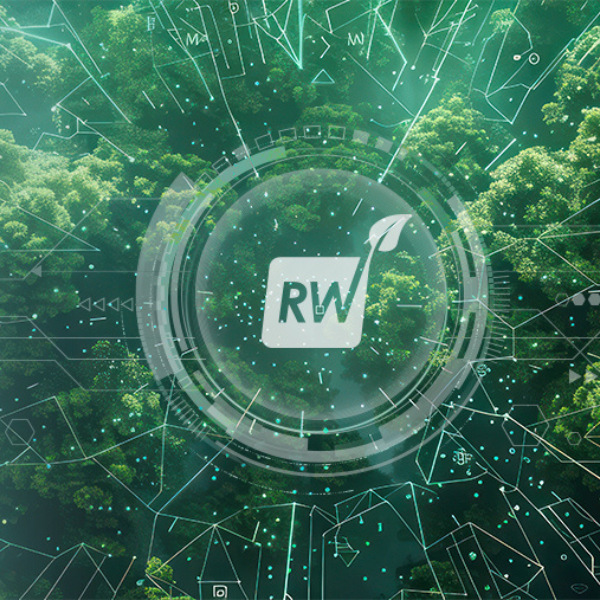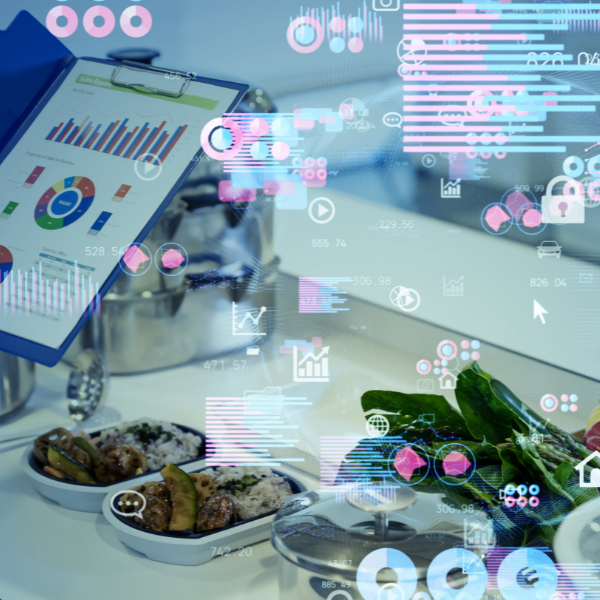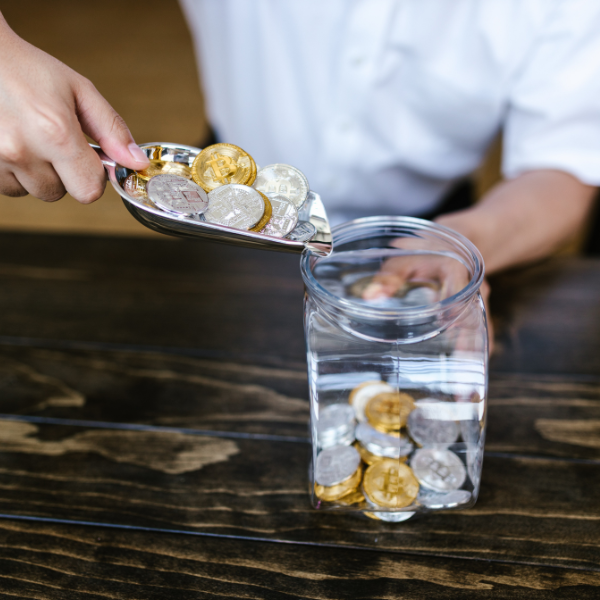In today's environmentally conscious market, foodservice professionals are increasingly challenged to adapt their operations to meet sustainable goals. The transition to eco-friendly packaging materials is more than a trend—it's a necessity. Balancing operational efficiency, brand presentation, and sustainability is crucial for success. This guide will walk you through the myriad of eco-friendly packaging options available, helping you make informed decisions that align with your brand's values and operational needs.
Understanding Eco-Friendly Packaging Materials
Eco-friendly packaging materials are designed to minimize environmental impact by reducing waste and using sustainable resources. These materials include compostable food packaging, biodegradable packaging materials, and recyclable packaging for foodservice.
1. Compostable Packaging: These materials break down into non-toxic components that are beneficial to the soil. Examples include PLA (polylactic acid) made from corn starch and molded fiber products.
2. Biodegradable Packaging: Unlike compostable materials, biodegradable options break down naturally without leaving harmful residues, though they may not enrich the soil. Materials such as certain types of paper and cardboard fit this category.
3. Recyclable Packaging: This involves materials that can be processed and reused in new products. Common examples are certain plastics, paper, and aluminum.

Choosing The Right Sustainable Packaging Options
Selecting the appropriate eco-friendly packaging solutions requires understanding your specific needs and constraints. Consider these factors:
- Menu and Food Type: Hot soups may require different packaging than cold salads. For example, plant-based packaging options like PLA work well for cold items but may deform with high heat.
- Local Regulations: Be aware of local waste management capabilities. Some areas may not have facilities to process compostable materials, making recyclable options more viable.
- Customer Expectations: Consumers are increasingly eco-conscious. Offering zero waste packaging materials can enhance your brand's image and customer loyalty.
Operator Scenario: A Coffee Shop's Transition
A regional coffee chain wanted to switch to eco-friendly disposable packaging to align with its sustainability goals. They opted for compostable coffee cups and lids made from renewable resources. The transition was smooth, with both staff and customers appreciating the brand's commitment to reducing packaging waste in foodservice.
Implementing Green Packaging Materials in Operations
To successfully integrate eco-friendly packaging, consider the following steps:
1. Supplier Collaboration: Work with suppliers who specialize in sustainable packaging suppliers. They can offer insights and options tailored to your needs, ensuring you get the best fit for your operations.
2. Staff Training: Educate your team on the benefits and proper use of eco-friendly containers for foodservice. This ensures efficiency and consistency in presentation.
3. Customer Communication: Promote your packaging changes through in-store signage and digital channels, highlighting your commitment to packaging sustainability in foodservice.
Innovations in Eco-Friendly Packaging
The field of eco-friendly packaging is continuously evolving, with new green packaging innovations emerging. For instance:
- Edible Packaging: Some companies are exploring packaging that can be safely consumed along with the food, effectively reducing waste.
- Smart Packaging: Incorporating technology to monitor freshness and reduce spoilage, thereby minimizing food waste.
Transitioning to eco-friendly packaging materials not only supports environmental goals but also enhances your brand's reputation and operational efficiency. By choosing the right materials and engaging with innovative solutions, you can meet customer expectations and contribute to a more sustainable future.
Transitioning to eco-friendly packaging materials not only supports environmental goals but also enhances your brand's reputation and operational efficiency. By choosing the right materials and engaging with innovative solutions, you can meet customer expectations and contribute to a more sustainable future. Explore Restaurantware’s extensive range of sustainable packaging options to find the perfect fit for your foodservice needs, and lead the way in eco-conscious dining.
Q: How can I ensure the packaging is truly sustainable?
A: Look for certifications such as BPI (Biodegradable Products Institute) or those that meet eco-friendly packaging standards.
Q: What are the cost implications of switching to eco-friendly packaging?
A: While initial costs may be higher, long-term savings are realized through bulk purchasing and improved brand loyalty.
Q: Are there any performance trade-offs with eco-friendly packaging?
A: Modern sustainable materials are designed to match or exceed traditional packaging performance, though testing for your specific use case is recommended.









